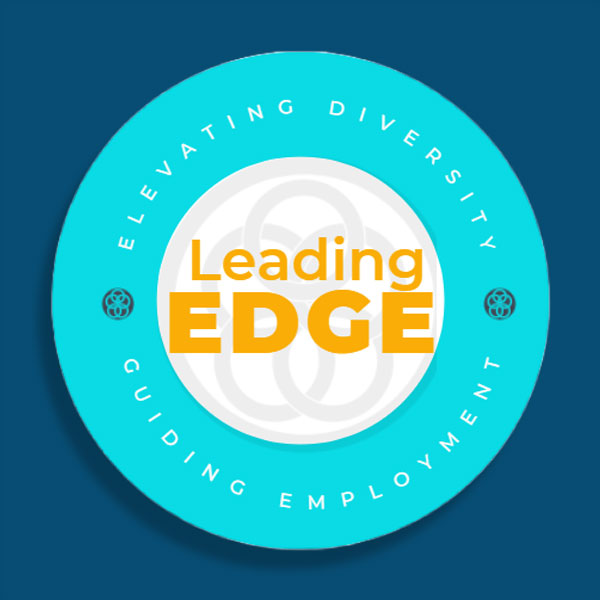How volunteers can be your eyes and ears
Let’s say you wanted to study how bird migratory patterns are changing as a result of human-made climate change. How would you get your data?
You could put bands on the birds to learn whether (and when and where) you see the same bird again. Lightweight geolocators can be attached to birds. That, however, is limited by the number of birds you can catch. You could use satellite data to track them; that is limited by the resolution of satellites. In short, finding, identifying, and counting birds is a human-run enterprise.
Humans are already doing this work individually. More than 45 million Americans watch birds, 86% at their homes and 36% taking trips to observe birds in the wild. What if you could get their data and aggregate it for scientists?
That’s what the Cornell Lab of Ornithology does with its eBird program. Started in 2002, this system allows birders to enter their pictures and observations of birds around the world (the platform is available in 27 languages as of this writing). In the average month, 7.5 million bird observations are reported into eBird. These data are available free of charge to scientists and back to the birders who supply the data, allowing them to learn what birds have been reported around them and around the world.
As with Wikipedia, volunteers have quality control issues with volunteers; also as with Wikipedia, volunteers are both issue and answer. Hundreds of volunteer experts comb through the submissions for accuracy with rare bird finds getting special scrutiny. About two percent of submissions are rejected. Algorithms can also ferret out human errors by controlling for the expertise of the observer.
Since Cornell Lab started using citizen scientists, as it calls these volunteer data-gatherers, more than 150 peer-reviewed scientific papers have used their data to expand our understanding of the avian world. Moreover, these endeavors spread a love of science and nature to those without letters after their name, allowing citizen scientists to be part of something bigger.
While Cornell Lab may be the vanguard, it is not alone in harnessing citizen scientists to improve our understanding of the world. Volunteers have mapped mammals along the Appalachian Trail, listened for calling frogs, tracked bee populations, monitored monarch butterflies, and helped scientists map illnesses in bird populations for the first time. Citizen astronomers from Zooniverse’s Exoplanet Explorers team discovered a planet missed by NASA’s algorithms.
This eyes and ears approach is not limited to scientists. The Southern Poverty Law Center encourages its supporters to #ReportHate, letting them know about bias incidents (after notifying law enforcement, of course). In the month following the 2016 U.S. presidential election, volunteers tracked over a thousand incidents of bias-related harassment, intimidation, and assault, the highest for November since data collection began in 1992. Lest you think this is false alerts or people more likely to report violence rather than an actual uptick, it also correlates to hate crime data from police. Eyes-and-ears volunteers are accurate collectors of data for hate as well as birds.
You may remember a couple of chapters ago when we talked about a content-driven media-organization approach to bringing new constituents, then new donors, into an organization. One of the central challenges of such a strategy is grist for the mill – how do you continually create content of interest to your constituents? Herein, we have at least part of an answer: you let them create it. Even if your eyes-and-ears approach starts as a glorified crowdsourced clipping service on issues of importance, that still gives you the news and updates necessary to test issues and stories on social networks (especially on Twitter, where logorrhea can be a strategic advantage) to see which take off. You even start with an advantage – you know the story was of interest to at least one of your supporters.
Supporters need not act only as a human-powered Google News Alert. From your constituent submissions, you can act as the aggregator and create white papers, reports, and other newsworthy content (whether you are looking to engage traditional news sources or feed your own media organization). Donors to the Southern Poverty Law Center get several reports throughout the year about the rise or fall of hate groups, some powered by #ReportHate reports. And birders using eBird and its resulting apps can have their birdwatching experience enriched by the data collected by like-minded birders.
This creates a virtual circle of constituents providing information, having that information enhanced, and getting that data back in forms that validates volunteers’ effort in collecting it and providing new insights for them. All this deepens their experience with, and attachment to, the nonprofit. And that’s just the side benefit – the information also establishes the nonprofit as a trusted expert, allows them to specify and localize their pitch, and gives them an opportunity to attract new constituents.
This is an excerpt from The New Nonprofit, published last month and available on Amazon.



